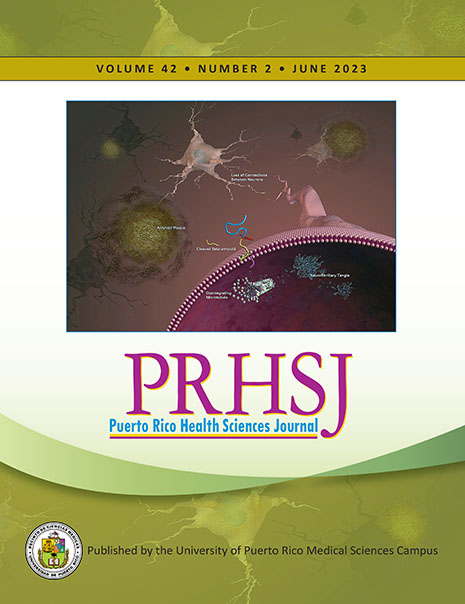Abstract
Objectives: This study examines the heterogeneity of depressive symptoms among older adults residing on the Island of Puerto Rico and their association with risk and protective health factors. Methods: Data from the Puerto Rican Elderly: Health Conditions study (PREHCO) to identify risk and protective factors associated with profiles of depressive symptoms. The sample was comprised of 3,114 Puerto Rican older adults ages 60 to 102 (71 ± 8.2 SD). The Geriatric Depression Scale 15-item short form (GDS-15) was used to assess the presence of depressive symptoms. Latent class analysis (LCA) was used to categorize depressive symptom classes. The association between depressive symptom classes and health status, lifestyle, health behavior and demographic characteristics were evaluated. Results: A three-class model was identified, they were defined as “low depressive symptoms” (56%), “medium depressive symptoms” (31%), and “high depressive symptoms” (13%). Having chronic illnesses, mainly diabetes, heart disease and high blood pressure as well as a history of smoking, and poor self-rated vision were all associated with being in a higher depressive class. Exercising regularly and participating in volunteer activities were protective to being in a high depressive class. Conclusion: Chronic illnesses and poor self-rated vision were associated with being in a higher depressive classification. These findings can inform targeted interventions for sub-groups of community dwelling older adults impacted by depression.
Authors who publish with this journal agree to the following terms:
a. Authors retain copyright and grant the journal right of first publication with the work simultaneously licensed under a Creative Commons Attribution License that allows others to share the work with an acknowledgement of the work's authorship and initial publication in this journal.
b. Authors are able to enter into separate, additional contractual arrangements for the non-exclusive distribution of the journal's published version of the work (e.g., post it to an institutional repository or publish it in a book), with an acknowledgement of its initial publication in this journal.
c. Authors are permitted and encouraged to post their work online (e.g., in institutional repositories or on their website) prior to and during the submission process, as it can lead to productive exchanges, as well as earlier and greater citation of published work (See The Effect of Open Access).
